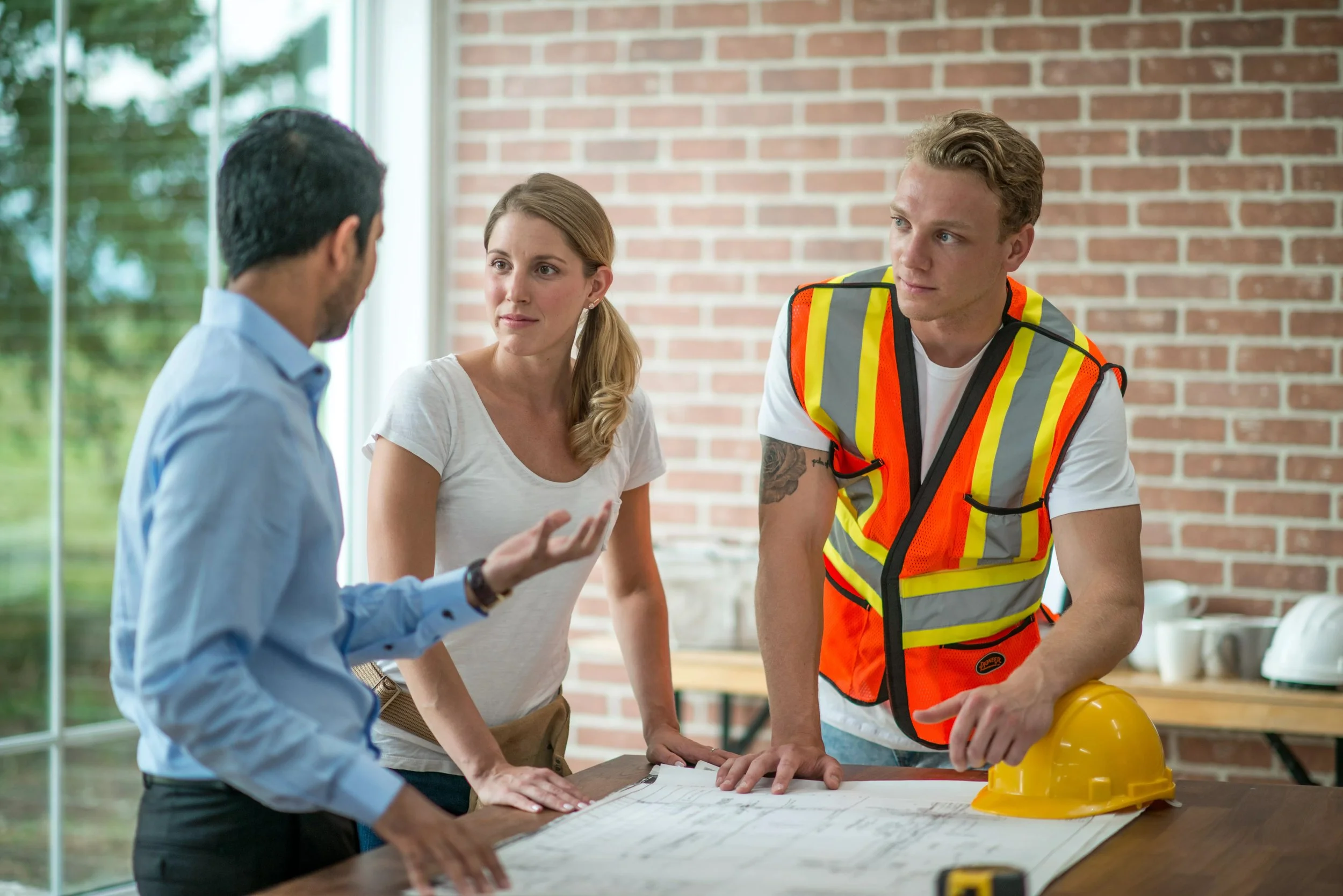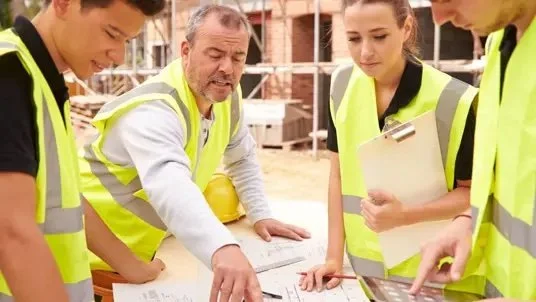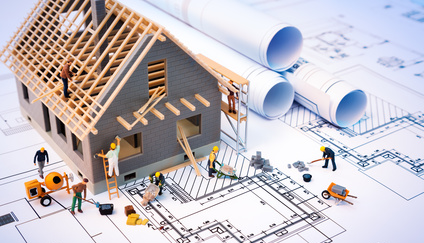
How Principal Designers Support Safer Design Outcomes
How early-stage design decisions lead to safer construction outcomes.
Design Is the First Step in Safety
Many accidents on construction sites can be traced back to decisions made during design. The Principal Designer plays a critical role in identifying and coordinating health and safety considerations before construction begins.
Under CDM 2015, the Principal Designer is responsible for managing health and safety during the pre-construction phase. At DQS, we support clients by embedding safety into the design process, helping prevent risks before they reach site.
Design Risks That Can Be Managed Early
Principal Designers help reduce or eliminate risks such as:
- Difficult access for working at height
- Unsafe roof layouts or fragile surfaces
- Conflicts between building systems or trade sequences
- Lack of planning for maintenance or future adaptation
- Insufficient spatial planning for temporary works
Identifying these issues early reduces downstream risk and improves buildability.
How DQS Supports Safer Design
Our Principal Designer service includes:
- Risk coordination with the design team
- CDM compliance checks and documentation reviews
- Input on layout and sequencing for safer delivery
- Design risk register development and updates
- Collaboration with the Principal Contractor during planning
Preventable risks don’t just cause harm — they also damage project timelines, increase cost, and reduce confidence. DQS helps clients take a proactive approach to risk, making sure safety is an integral part of the design and delivery process
FAQ
Let’s Design Risk Out From the Start
Want to improve site safety before work begins? Talk to DQS about how our Principal Designer service helps eliminate design-stage risks and support CDM 2015 compliance.
Related Reads:
Discover More About Surveying
What is Quantity Surveying in Construction?
Find out more about what is quantity surveying in construction.
What is a Quantity Surveying Course?
Find out more about what is a quantity surveying course.
How to Study Quantity Surveying
Find out more about how to study quantity surveying.
What is Quantity Surveying in Construction Economics?
Find out more about what is quantity surveying in construction economics.







